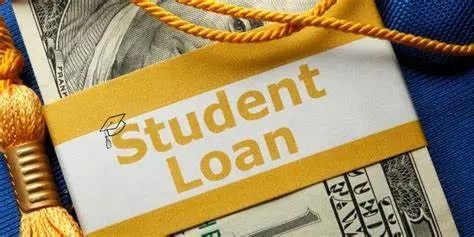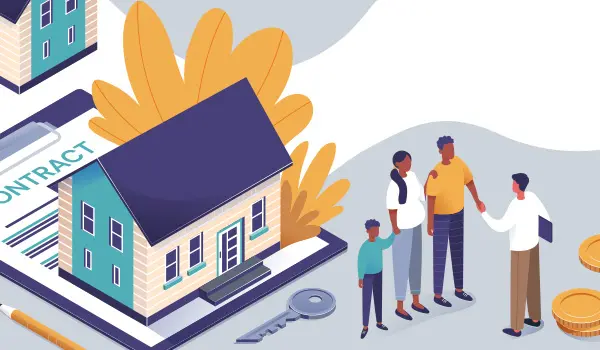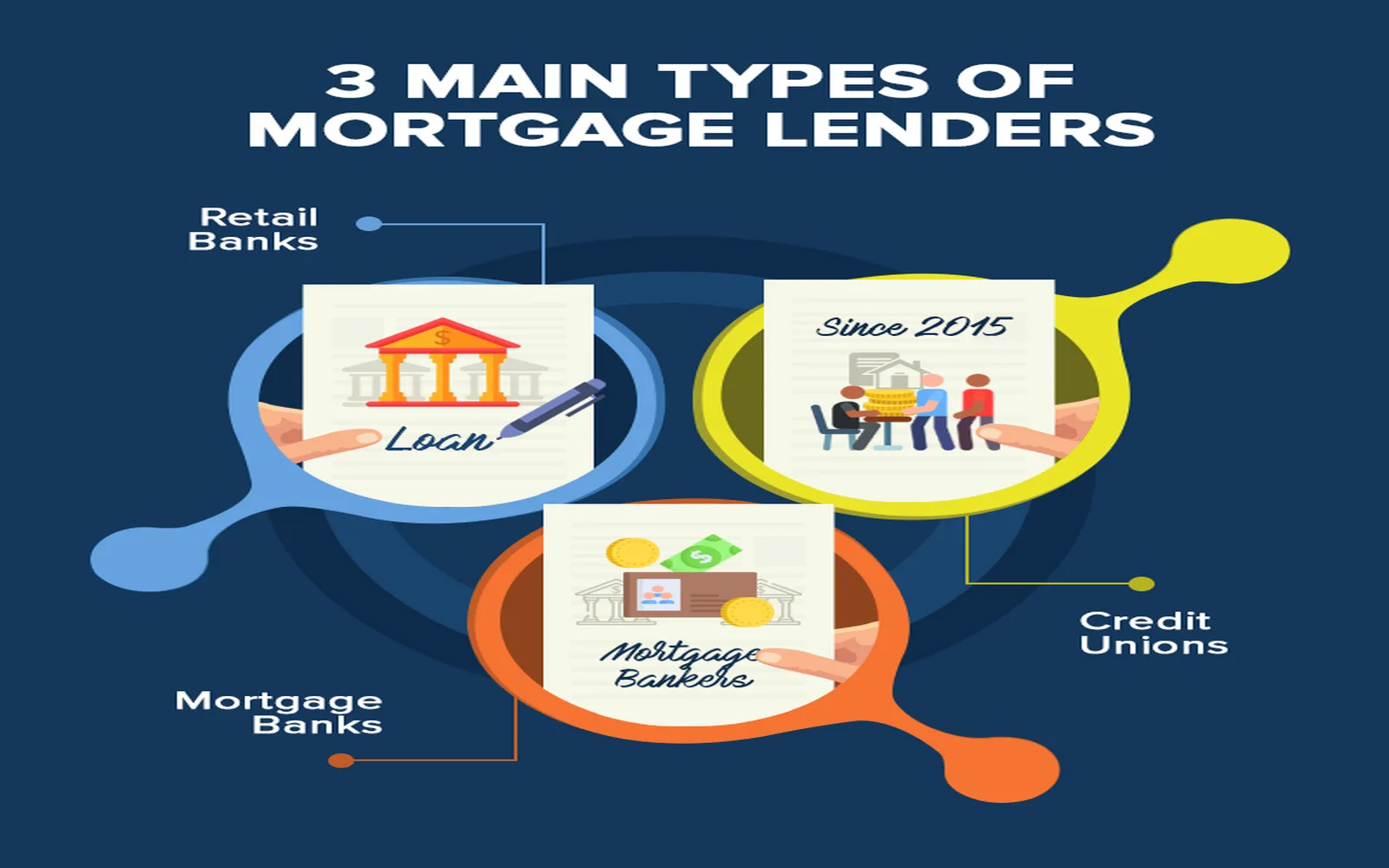In today’s dynamic financial landscape, mortgage refinance rates present a compelling opportunity for homeowners seeking to unlock significant savings. With interest rates fluctuating and economic conditions evolving, now is the ideal time to evaluate your current mortgage terms. Refinancing can not only reduce monthly payments but also shorten loan terms and tap into home equity for additional funds. Whether you’re aiming to lower your interest rate or consolidate debt, understanding the nuances of refinance rates will empower you to make informed decisions that can lead to substantial long-term savings. Explore your options today and seize the opportunity to enhance your financial future.
Understanding Mortgage Refinance Rates
Mortgage refinancing is the process of obtaining a new mortgage to replace your existing one, often to secure a lower interest rate, reduce monthly payments, or change the loan term. Understanding mortgage refinance rates is crucial for homeowners looking to maximize their savings. These rates fluctuate based on various economic factors, including inflation, the Federal Reserve's monetary policy, and broader market conditions. By staying informed about these rates, you can make strategic decisions that impact your financial future.
The Importance of Timing in Refinancing
Timing is everything when it comes to refinancing your mortgage. Rates can vary significantly over short periods, influenced by economic indicators and market sentiment. Historically, homeowners have benefited from refinancing when interest rates dip. For example, if you secured a mortgage at a 5% interest rate and current rates have fallen to 3%, refinancing could lead to substantial savings over the life of the loan. However, timing the market perfectly can be challenging. It's essential to evaluate your personal financial situation, market conditions, and long-term goals when deciding to refinance.
Factors Influencing Mortgage Refinance Rates
Several factors influence mortgage refinance rates, and understanding these can help you navigate the refinancing landscape more effectively:
Credit Score: Your credit score plays a significant role in determining your refinance rate. Higher scores typically qualify for lower rates as lenders view borrowers with good credit as less risky.
Loan-to-Value (LTV) Ratio: The LTV ratio is calculated by dividing the remaining mortgage balance by the home's appraised value. A lower LTV ratio often results in better interest rates, as it indicates less risk for the lender.
Loan Type: Different loan types, such as FHA, VA, and conventional loans, have varying rates based on their specific requirements and risk assessments.
Market Conditions: Economic indicators, such as inflation rates and employment data, can influence overall mortgage rates. When the economy is strong, rates may rise; conversely, during economic downturns, they often fall.
Debt-to-Income (DTI) Ratio: This ratio measures your monthly debt payments against your gross monthly income. A lower DTI ratio generally leads to more favorable refinance rates.
Types of Mortgage Refinance Options
When considering refinancing, it's essential to understand the different options available to you:
Rate-and-Term Refinance: This option allows you to change your interest rate or the term of your loan without borrowing additional funds. It's ideal for homeowners looking to reduce their monthly payments or pay off their mortgage faster.
Cash-Out Refinance: With a cash-out refinance, you can borrow against your home’s equity and receive the difference in cash. This option is popular for funding home improvements, paying off high-interest debt, or financing major expenses.
Streamline Refinance: Available for certain government-backed loans, streamline refinancing simplifies the process, often requiring less documentation and offering lower rates without the need for an appraisal.
FHA and VA Refinances: If you have an FHA or VA loan, specific refinance options are available that may offer lower rates and reduced fees for qualified borrowers.
Calculating Potential Savings
Before refinancing, it's essential to calculate the potential savings. Start by evaluating your current mortgage terms, including interest rate, monthly payment, and remaining balance. Use a mortgage refinance calculator to compare your current mortgage with potential refinance options. Input relevant data such as new interest rates, loan amounts, and terms to see how much you could save monthly and over the life of the loan.
Additionally, consider the closing costs associated with refinancing. These can include appraisal fees, title insurance, and loan origination fees. It's crucial to factor these costs into your calculations to determine if refinancing will indeed save you money in the long run.
When is Refinancing a Good Idea?
Refinancing may be a beneficial option in several scenarios:
Lower Interest Rates: If current mortgage rates are significantly lower than your existing rate, refinancing can lead to substantial savings.
Changes in Financial Situation: If your credit score has improved or your financial circumstances have changed, you may qualify for better rates or terms.
Desire to Shorten Loan Term: Switching from a 30-year to a 15-year mortgage can help you pay off your home faster and save on interest payments.
Need for Cash: If you want to access your home’s equity for renovations or debt consolidation, a cash-out refinance can provide the necessary funds.
Potential Drawbacks of Refinancing
While refinancing can offer numerous benefits, it also has potential drawbacks that homeowners should consider:
Closing Costs: Refinancing typically involves closing costs, which can range from 2% to 5% of the loan amount. It's essential to ensure that your savings outweigh these costs.
Extended Loan Term: If you refinance to a longer loan term, you may end up paying more in interest over the life of the loan, even if your monthly payments decrease.
Impact on Credit Score: The refinancing process involves a credit check, which can temporarily lower your credit score. Consider this if you plan to make other significant financial moves soon.
How to Secure the Best Mortgage Refinance Rates
Securing the best mortgage refinance rates requires research and preparation. Here are some steps to help you find the best rates:
Improve Your Credit Score: Before refinancing, take steps to enhance your credit score by paying down debts, making timely payments, and correcting any inaccuracies on your credit report.
Shop Around: Don't settle for the first offer. Get quotes from multiple lenders to compare rates, terms, and fees. This can help you find the best deal tailored to your needs.
Consider Different Loan Types: Explore different loan types and programs available through various lenders. Each option may have different rates and terms that could be beneficial for you.
Negotiate: Don’t hesitate to negotiate with lenders. If you receive a better offer from one lender, share it with others to see if they can match or beat it.
Understanding the Application Process
The mortgage refinance application process can feel daunting, but knowing what to expect can help simplify it:
Gather Documentation: Prepare necessary documents, including pay stubs, tax returns, bank statements, and information about your current mortgage.
Submit an Application: Complete the application with your chosen lender and provide all required documentation.
Loan Processing: The lender will review your application, verify your information, and order an appraisal if necessary. This process can take several weeks.
Closing: Once approved, you’ll schedule a closing meeting where you’ll sign the new loan documents, pay any closing costs, and finalize the refinance.
Conclusion
Mortgage refinancing is a valuable tool that can lead to significant savings if done strategically. By understanding mortgage refinance rates, evaluating your financial situation, and exploring different options, you can make informed decisions that align with your long-term goals. Stay vigilant in monitoring market conditions and always be prepared to shop around for the best rates. With the right approach, you can unlock the best savings today and pave the way for a more secure financial future.








